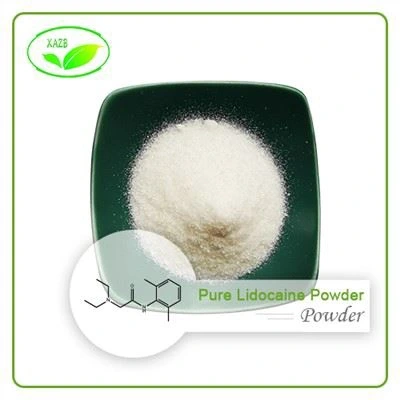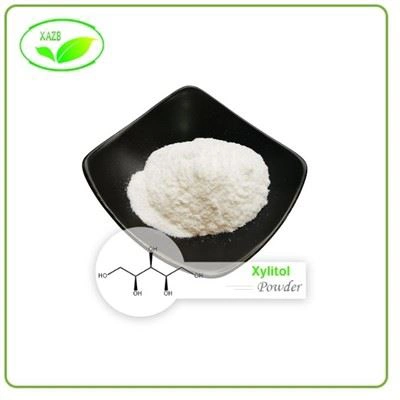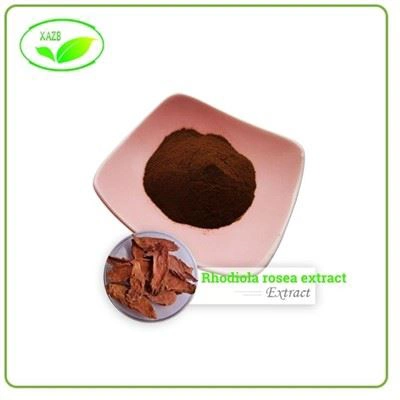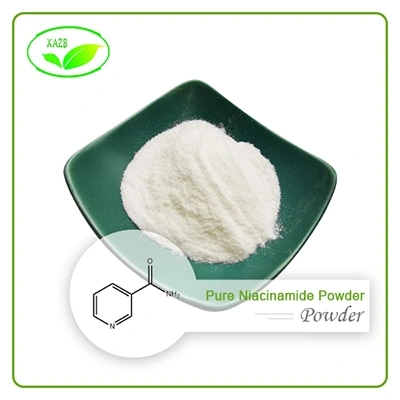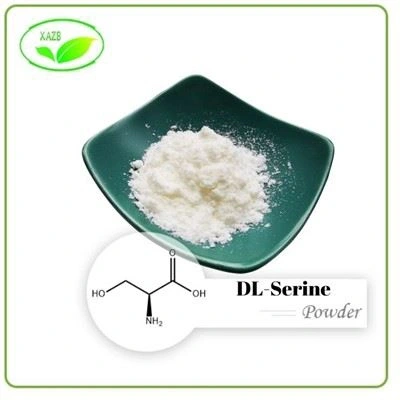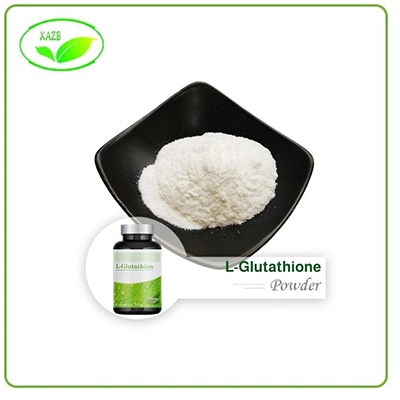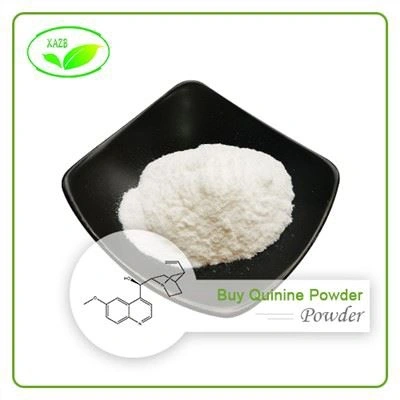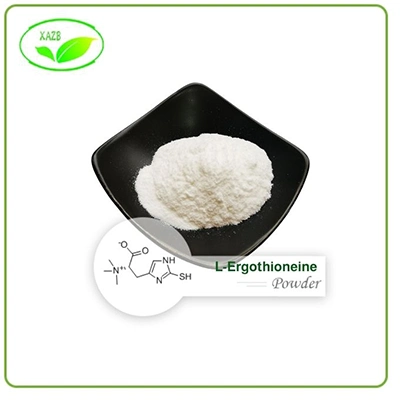Have You Ever Heard Of Shikonin?
2024-05-07
1. What is Shikonin ?
Shikonin is a natural product, also known as 7-hydroxycoumarin. The content is abundant in the roots of Zicao tree and Viola glutinosa, which can be extracted and purified through methods such as high-performance liquid chromatography, ultrasonic extraction, microwave assisted extraction, and supercritical fluid extraction.
2. Shikonin Source
Shikonin is a natural product with a naphthoquinone structure derived from traditional Chinese medicine plants in China, the Shikoniaceae family. Mainly produced in Xinjiang, Inner Mongolia and other places in China, also known as hard purple grass and soft purple grass. It is commonly used in clinical practice to treat ulcers and repair skin diseases, and has significant and extensive effects such as lightening spots, anti-inflammatory, antioxidant, acne removal, and skin repair. It is known as "another highly promising product after camptothecin and paclitaxel". Shikonin has attracted attention both domestically and internationally in recent years due to its multiple biological activities and high medicinal value.
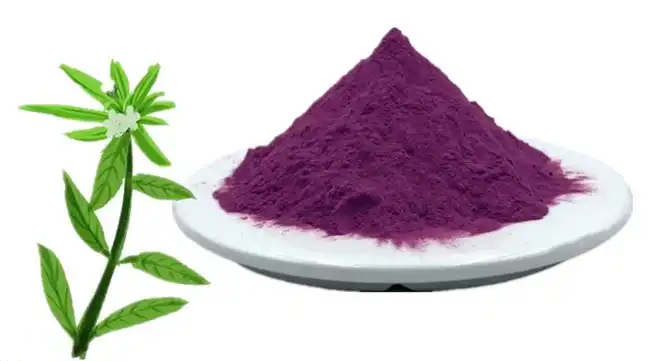
3. Shikonin Flow Chart
(1). Plant extraction method
Firstly, it is necessary to choose plant materials rich in shikonin, such as motherwort, platycodon grandiflorum, and Huhuanglian.
Secondly, appropriate extraction processes are adopted, usually using methods such as water extraction, alcohol precipitation, and ethyl acetate extraction to separate and purify shikonin.
Finally, further purification and detection are carried out using techniques such as crystallization or chromatography.
(2). The chemical synthesis method
Adopts a certain synthesis route, starting from readily available raw materials, to prepare shikonin through a series of reactions. The specific steps are as follows:
1) Aromatic ketone compounds were obtained through Aldol condensation using benzaldehyde and acetone as raw materials;
2) Reacting aromatic ketone compounds with bromoacetate elixir to generate new compounds;
3) Using newly synthesized compounds as raw materials, the target product shikonin is reduced using a reducing agent.
4. Shikonin Powder Benefits
(1). Antibacterial and anti-inflammatory effects
Shikonin powder has obvious antibacterial and anti-inflammatory effects, killing and inhibiting a variety of bacteria and fungi, such as Staphylococcus aureus, Klebsiella pneumoniae, Escherichia coli, etc. At the same time, it can also alleviate the pain and inflammatory reactions caused by tissue damage, and has a certain relieving effect on various inflammatory diseases.
(2). Lowering blood pressure and cardioprotective effects
Shikonin can alleviate myocardial ischemia and hypoxia, reduce myocardial necrosis and ischemia-reperfusion injury, promote the growth and repair of vascular endothelial cells, and improve vascular elasticity and relaxation by regulating the electrophysiological parameters of myocardial cells. At the same time, it can also reduce the levels of cholesterol and triacylglycerol in plasma, thereby playing a role in blood pressure reduction and heart protection.
(3). Antioxidant effect
30% Shikonin has strong free radical scavenging and antioxidant effects, which can slow down aging and prevent many diseases, such as atherosclerosis, diabetes, etc. At the same time, it can also protect cell membranes and biological macromolecules such as DNA from oxidative damage, maintaining normal cellular metabolic function
(4). Repair effect
1). After 7 days of using Gromwell Root Extract shikonin, the granulation tissue on the wound surface grows actively, with a red and soft color, and there are more fibroblasts, vascular endothelial cells, and epithelial cells
2). After 14 days of shikonin use, the wound histiocyte proliferated vigorously, with more fibroblasts and vascular endothelial cells, and secreted collagen and fibronectin. New blood vessels were formed. Vaseline composed fewer fibroblasts, vascular endothelial cells and new blood vessels.
3). After 21 days of using shikonin, the wound tissue has become dry epithelialized, and the process of cell proliferation has slowed down. At this time, the number of fibroblasts, vascular endothelial cells, and collagen content are relatively low, while there is more epithelial tissue.
Alkannin is widely used in fields such as food, health products, and beauty products. For example, it can be used for whitening, freckle removal, promoting blood circulation, and improving skin texture; It has also been added to health foods to enhance human immunity and regulate gastrointestinal function. In addition, shikonin can also be used in the production of cellulose, fluorescence analysis reagents, and dyes, and has good application prospects.
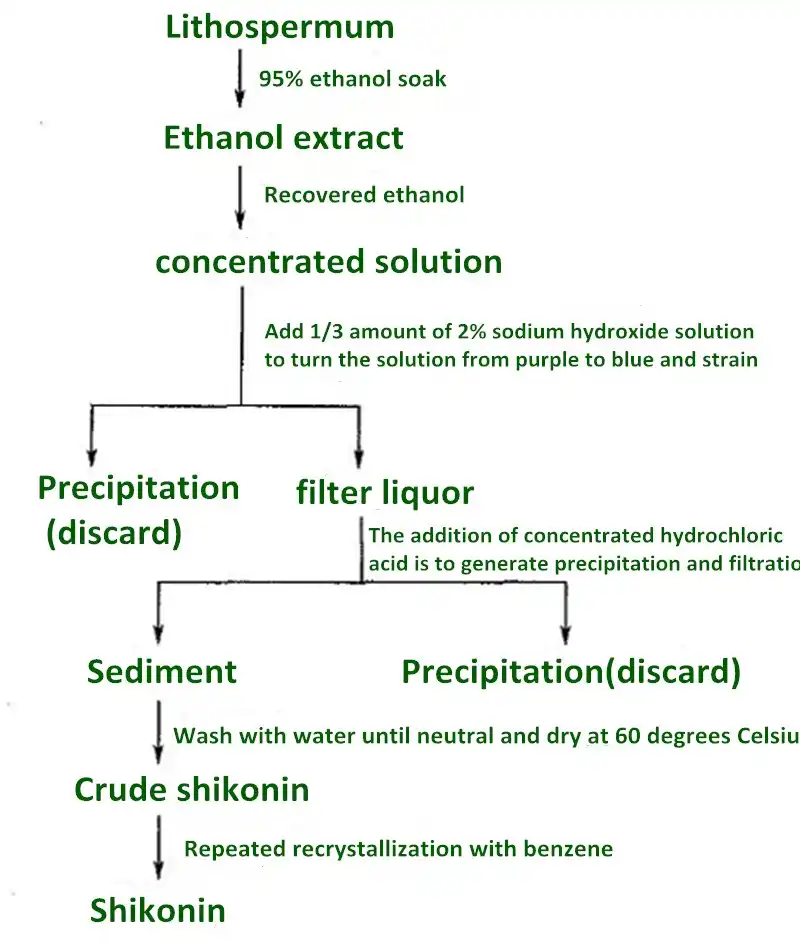
5. Application
Shikonin mainly exists in plants such as Shikonin, but the content varies among different plants. In purple grass, the main content of shikonin is around 0.5%~1.5%; In rhubarb, the content is about 0.04%; In Platycodon grandiflorus, the content is relatively low.
According to its different content and biological activity, shikonin has different applications in fields such as medicine, cosmetics, and health products.
(1). Medical field
In the pharmaceutical field, high-purity and high content shikonin is generally used as raw material, mainly used in antibacterial, anti-inflammatory, analgesic, antihypertensive, and anti-tumor aspects. Specifically, high levels of shikonin can be used to prepare oral or topical medications, such as shikonin oral solution, shikonin cream, shikonin emulsion, etc. Low content shikonin is often used in health products such as chemotherapy adjuvant, immune regulation, and tonifying and strengthening the body.
(2). Cosmetics field
In the cosmetics field, shikonin is commonly used as whitening, freckle removing, antioxidant, anti-aging and other effective ingredients. Different products require different levels of efficacy, typically within the range of 0.1% to 2%. For example, in some whitening and skincare products, the lower content of shikonin can be used together with other spot lightening ingredients; In antioxidant and anti-aging products, the higher content of shikonin is generally used.
(3). Health products field
In the field of health products, shikonin is mainly used for immune regulation, enhancing physical fitness, and preventing diseases. The content of shikonin varies according to different health needs, generally within the range of 0.5% to 5%. For example, in some immune regulatory health products, the lower content of shikonin can be used together with other immune enhancing ingredients; In some health products targeting specific diseases, a higher content of shikonin can be used.

